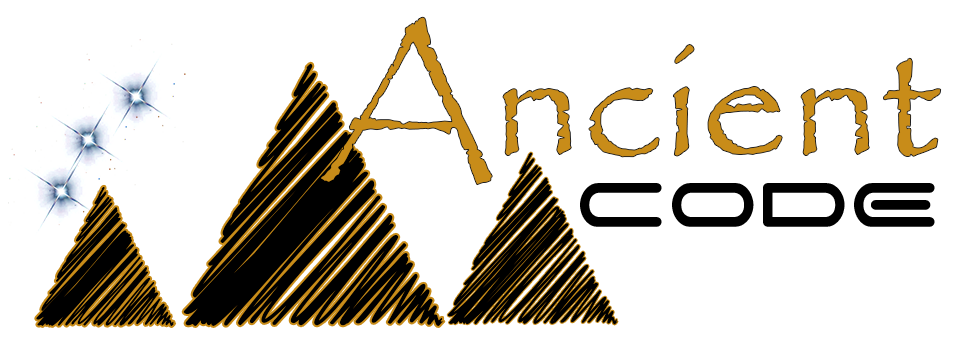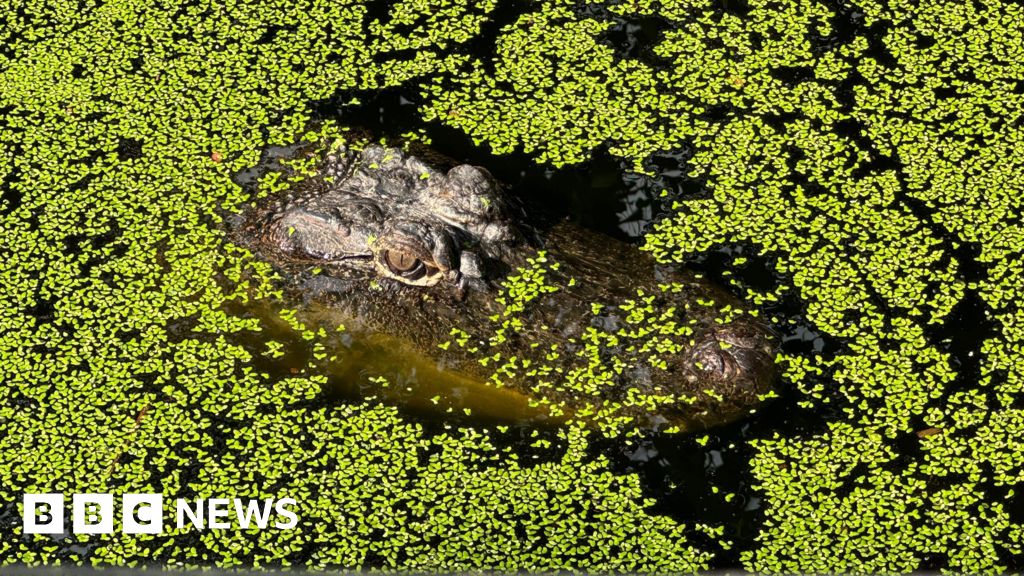YouTube Video Here: https://www.youtube.com/embed/9k2XudjhCSk?feature=oembed&enablejsapi=1
This is part two about Ancient Aliens, season 12, episode 7, titled “City of the Gods.”
For part one: Abundant liquid mercury, mica, and pyrite found in tunnels beneath the pyramids
At the pre-Aztec city of Teotihuacán, archaeologists found a river of liquid mercury and the minerals mica and pyrite. Ancient astronaut theorists suspect this was not merely part of a ritual for a glittery effect. Instead, they think these elements were in place as part of advanced technology we have yet to understand. Were the elaborate tunnels and structures truly part of some an electromagnetic power plant that tapped into the natural energies of the planet?
A massive fire
Although the mysterious city of Teotihuacán thrived, home to 200,000 people at one point, it collapsed around the time of a giant fire that left burn marks across wide areas of the site. Ancient astronaut theorists think the hypothetical power plant caused the blast. The fires cover an extensive area of the city.
Mainstream archaeologists, however, believe the fires came deliberately during an uprising of the people. The poor rose up against the elite of the city, leading to the downfall of Teotihuacán until the Aztecs found it abandoned much later.
Before the ‘explosion’ or uprising if you prefer, the city flourished between 100 B.C. and A.D. 650. However, we must note the culture was a brutal one. Many people and animals were sacrificed in rituals. Remains of decapitated people, as well as wolves, jaguars, pumas, rattlesnakes, and eagles, were discovered under the Temple of the Moon in 2004.
Related: Archaeologists uncover secret ‘passage to the underworld’ at Pyramid of the Moon in Teotihuacan
A city aligned with the stars
The city features two enormous structures, the 213-foot-tall Pyramid of the Sun, the third-largest Pyramid in the world. Next comes the 147-foot-tall Temple of the Moon and the Temple of Quetzalcoatl, the feathered serpent, and a large thoroughfare, the Avenue of the Dead.
The layout of the city, covering over 20 square kilometers, is carefully planned, and scholars note that it is intricately aligned with celestial bodies.
According to Ancient History Encyclopedia:
“The positioning of temples and pyramids in alignment with the sun on the June solstice and the Pleiades suggests calendar dates were important in rituals, and the presence of buried offerings and sacrificial victims illustrates the belief in the necessity to appease various gods, especially those associated with climate and fertility.”
 The layout of Teotihuacán via YouTube
The layout of Teotihuacán via YouTube
The place is extremely impressive and one wonders how it would even be possible to build at all, much less in ancient times.
Secret passageways
In 2003, a heavy rainstorm opened up a three-foot-wide sinkhole at the Temple of Quetzalcoatl and researchers have been excavating the site since. They discovered entrances to a 338-foot corridor sealed off with boulders 2,000 years ago. The tunnel was nearly 60 feet below the temple.
By 2009, they could use advanced radar, 3D scanning, infrared cameras, and even remote-controlled robots to lead the explorations.
Before that, archaeologists found a tunnel underneath the Temple of the Sun, looted before archaeologists entered in the 90s.
Despite so many finds, there was no evidence at all of any tombs, thus no evidence of who ruled the city. Try as they might to find out who created this place, we just don’t know yet.
However, the archaeologists had found a treasure trove of over 100,000 + artifacts, and they were only beginning. Some of what they found: statues of jaguars, sparkling jade statues, boxes of beetle wings, rubber balls used in an ancient ball game, balls of amber, necklaces, twin carved black stone statues, bones from bears, birds, and jaguars, and ancient jars of corn. Also, Discovery described a “six-level pyramid decorated with snake-like creatures.”
YouTube Video Here: https://www.youtube.com/watch?v=C8ZEKp85dwk
Liquid mercury, yellow orbs, and mica
Then they found something bizarre: Mercury and the mineral pyrite hand-embedded into the tunnel. Also, hundreds of mysterious yellow orbs that range from four to 12 centimeters across. Scientists remain baffled as to what their purpose could be.
Lead archaeologist Sergio Gómez reacted in the Smithsonian article.
“Fifty feet in, we stopped at a small inlet carved into the wall. Not long before, Gómez and his colleagues had discovered traces of mercury in the tunnel, which Gómez believed served as symbolic representations of water, as well as the mineral pyrite, which was embedded in the rock by hand. In semi-darkness, Gómez explained, the shards of pyrite emit a throbbing, metallic glow. To demonstrate, he unscrewed the nearest light bulb. The pyrite came to life, like a distant galaxy. It was possible, in that moment, to imagine what the tunnel’s designers might have felt more than a thousand years ago: 40 feet underground, they’d replicated the experience of standing amid the stars.”
A river of mercury
While the mainstream archaeologists note that mercury and pyrite have “known associations with the supernatural among ancient Mesoamericans,” one has to wonder. Mercury is the first known superconductor, but would that be known to these ancient people?
Pyrite, known as “Fool’s Gold,” would have given the tunnels a sparkling appearance. The mineral is also used to start fires by creating sparks.
Although Smithsonian seemed to downplay the find of mercury, the Guardian later reported in 2017 that there were large quantities of liquid mercury found. It was reported as the first time the toxic substance was found in an ancient site in Mexico, and it may have been used to create a silvery underground river.
Archaeologists from the University of California, Berkeley say the dangerous substance was also found at three other sites around Central America. They believe the shimmering quality alone was why it was used, as it appeared “somewhat magical … there for ritual purposes or symbolic purposes.”
“In 2014, archaeologists found three large chambers at the end of the tunnel, almost 20 meters beneath the temple. Excitement mounted with the Discovery the following year that the Earth appeared to have been sculpted into elegant miniature landscapes depicting mountains and valleys, with drops of mercury deposited to symbolize sacred rivers or lakes.”
Annabeth Headreck, a professor at the University of Denver, made a comparison to mythology from across the planet in Greece:
“The shimmering, reflective qualities of liquid mercury may have resembled “an underworld river, not that different from the river Styx,” Headrick said, “if only in the concept that it’s the entrance to the supernatural world and the entrance to the underworld.”
Thermal insulators and superconductors
The archaeologists suggest they heated cinnabar, which was used for a blood-red pigment. This process produces mercury ore, but as we know, it can be deadly to handle.
In addition to mercury and pyrite, the archaeologists found mica, which often used in today’s electronics as a superior thermal insulator.
According to Curiosmos:
“Most of the mica at Teotihuacan was found and removed from the Pyramid of the Sun in the 1900s. Because of its value, it was consequently sold.”
 liquid mercury and tunnels lined with mica via YouTube
liquid mercury and tunnels lined with mica via YouTube
According to Sacred Sites, there used to be quite a lot of mica, and it covered the Pyramid of the Sun:
“There are several fascinating mysteries about the grand city and its pyramids. One of the most interesting concerns the massive, one-foot thick, sheet of granulated mica that until recently covered the entire top level of the Pyramid of the Sun. Removed and sold for profit by an unscrupulous site-restorer in the early 1900’s, the mica had long ago been transported from a mine thousands of miles away in South America. How had the great quantity of mica been brought from such a distance and, equally important, for what purpose had the pyramid been covered with the rare stone? One scientist has suggested that the mica, being a highly efficient energy conductor, could have been used as part of a receiving device for long wave-length celestial radiations. The incoming celestial energy would have been captured by the massive bulk of the pyramid and its sacred geometrical construction, and focused into the snake-like cave beneath the pyramid. This energy, available for human use at any time of the year, would be specially concentrated at certain periods within solar, lunar and stellar cycles. These specific periods were noted by using astronomical observation devices which exist in different places around the geomantically aligned city of Teotihuacan.”
Fool’s Gold
After watching this show, one can’t help but ask more questions. Was mercury simply part of a ritual, chosen because it was shimmering and beautiful, like Fool’s Gold? Or was it part of some ancient technology? If it were merely part of a ritual, why was there so much of it? Why were tunnels lined with minerals, similar to the way the pyramids of Egypt have tunnels lined with granite?
Is it foolish to think that this giant city was built with help from extraterrestrials who came with advanced technology? Or is it foolish to think that these massive complex structures were created by ordinary humans practicing rituals with shiny minerals and toxic elements?
For the rest of the story, be sure to watch the full episode 7 on the History Channel.
For part one of this article: Abundant liquid mercury, mica, and pyrite found in tunnels beneath the pyramids
YouTube Video Here: https://www.youtube.com/watch?v=MPviHpnfDns
Featured images: Screenshots via YouTube

 Movie
Movie 1 month ago
31
1 month ago
31 






![Presidents Day Weekend Car Sales [2021 Edition] Presidents Day Weekend Car Sales [2021 Edition]](https://www.findthebestcarprice.com/wp-content/uploads/Presidents-Day-Weekend-car-sales.jpg)



 English (United States)
English (United States)